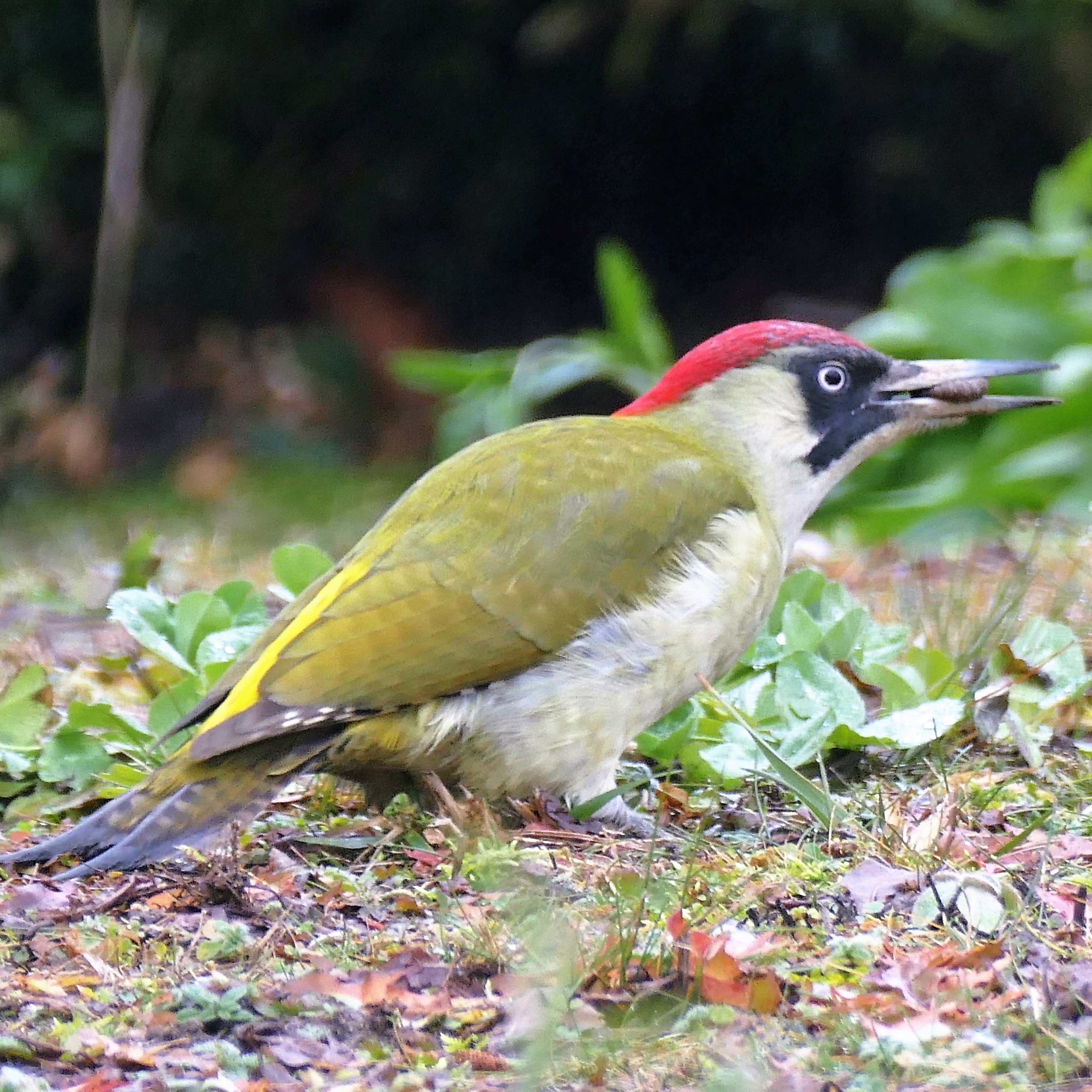|
Picodynastornithes
Picodynastornithes is a clade that contains the orders Coraciiformes (rollers and kingfishers) and Piciformes Nine families of largely arboreal birds make up the order Piciformes , the best-known of them being the Picidae, which includes the woodpeckers and close relatives. The Piciformes contain about 71 living genera with a little over 450 species, of ... (woodpeckers and toucans). This grouping also has current and historical support from molecularNaish, D. (2012). "Birds." Pp. 379-423 in Brett-Surman, M.K., Holtz, T.R., and Farlow, J. O. (eds.), ''The Complete Dinosaur (Second Edition)''. Indiana University Press (Bloomington & Indianapolis). and morphological studies. References Neognathae {{bird-stub ... [...More Info...] [...Related Items...] OR: [Wikipedia] [Google] [Baidu] |
Early Eocene
In the geologic timescale the Ypresian is the oldest age or lowest stratigraphic stage of the Eocene. It spans the time between , is preceded by the Thanetian Age (part of the Paleocene) and is followed by the Eocene Lutetian Age. The Ypresian is consistent with the lower Eocene. Events The Ypresian Age begins during the throes of the Paleocene–Eocene Thermal Maximum (PETM). The Fur Formation in Denmark, the Messel shales in Germany, the Oise amber of France and Cambay amber of India are of this age. The Eocene Okanagan Highlands are an uplands subtropical to temperate series of lakes from the Ypresian. Stratigraphic definition The Ypresian Stage was introduced in scientific literature by Belgian geologist André Hubert Dumont in 1850. The Ypresian is named after the Flemish city of Ypres in Belgium (spelled ''Ieper'' in Dutch). The definitions of the original stage were totally different from the modern ones. The Ypresian shares its name with the Belgian Ieper Grou ... [...More Info...] [...Related Items...] OR: [Wikipedia] [Google] [Baidu] |
European Roller
The European roller (''Coracias garrulus'') is the only member of the roller family of birds to breed in Europe. Its overall range extends into the Middle East, Central Asia and the Maghreb. The European roller is found in a wide variety of habitats, avoiding only treeless plains. It winters primarily in dry wooded savanna and bushy plains, where it typically nests in tree holes. Taxonomy and systematics The European roller was formally described by the Swedish naturalist Carl Linnaeus in 1758 in the tenth edition of his ''Systema Naturae'' under its current the binomial name ''Coracias garrulus''. The type locality is Sweden. The generic name derives from Greek ''korakias'' referring to a type of crow, perhaps the red-billed chough. The specific epithet ''garrulus'' is from Latin and means 'chattering' in reference to the bird’s calls. Alternate English names include the blue roller, common roller, Eurasian roller, or simply roller. A molecular phylogenetic study publis ... [...More Info...] [...Related Items...] OR: [Wikipedia] [Google] [Baidu] |
European Green Woodpecker
The European green woodpecker (''Picus viridis'') is a large green woodpecker with a bright red crown and a black moustache. Males have a red centre to the moustache stripe which is absent in females. It is resident across much of Europe and the western Palearctic but in Spain and Portugal it is replaced by the similar Iberian green woodpecker (''Picus sharpei''). The European green woodpecker spends much of its time feeding on ants on the ground and does not often 'drum' on trees like other woodpecker species. Though its vivid green and red plumage is particularly striking, it is a shy bird, and is more often heard than seen, drawing attention with its loud calls. A nest hole is excavated in a tree; four to six eggs are laid which hatch after 19–20 days. Taxonomy The European green woodpecker was formally described by the Swedish naturalist Carl Linnaeus in 1758 in the tenth edition of his ''Systema Naturae'' under its current binomial name ''Picus viridis''. The type lo ... [...More Info...] [...Related Items...] OR: [Wikipedia] [Google] [Baidu] |
Coraciiformes
The Coraciiformes are a group of usually colourful birds including the kingfishers, the bee-eaters, the rollers, the motmots, and the todies. They generally have syndactyly, with three forward-pointing toes (and toes 3 & 4 fused at their base), though in many kingfishers one of these is missing. The members of this order are linked by their “slamming” behaviour, thrashing their prey onto surfaces to disarm or incapacitate them. This is largely an Old World order, with the representation in the New World limited to the dozen or so species of todies and motmots, and a mere handful of the more than a hundred species of kingfishers. The name Coraciiformes means " raven-like". Specifically, it comes from the Latin language "corax", meaning "raven" and Latin "forma", meaning "form", which is the standard ending for bird orders. Systematics This order has been seen to be something of a mixed assortment, and the Coraciiformes may be considered as including only the rollers ... [...More Info...] [...Related Items...] OR: [Wikipedia] [Google] [Baidu] |
Piciformes
Nine families of largely arboreal birds make up the order Piciformes , the best-known of them being the Picidae, which includes the woodpeckers and close relatives. The Piciformes contain about 71 living genera with a little over 450 species, of which the Picidae (woodpeckers and relatives) make up about half. In general, the Piciformes are insectivorous, although the barbets and toucans mostly eat fruit and the honeyguides are unique among birds in being able to digest beeswax (although insects make up the bulk of their diet). Nearly all Piciformes have parrot-like zygodactyl feet—two toes forward and two back, an arrangement that has obvious advantages for birds that spend much of their time on tree trunks. An exception are a few species of three-toed woodpeckers. The jacamars aside, Piciformes do not have down feathers at any age, only true feathers. They range in size from the rufous piculet at 8 centimetres in length, and weighing 7 grams, to the toco toucan, a ... [...More Info...] [...Related Items...] OR: [Wikipedia] [Google] [Baidu] |
_2.jpg)

